HERE IS THE FIRST CHAPTER OF “SECRETS IN THE FAIRY CHIMNEYS”
READ THE REST OF THE BOOK AND PROCEED TO THE DISCUSSION QUESTIONS BELOW.
PROLOGUE (July 10)
A Cave in Nevshehir, Turkey
“I’m afraid, Ahmet. I don’t want to go any further.” The girl stamped her foot, the sound echoing through the stillness of the cave.
“Oh, you little silly wussycat! I told you, it is like the story of Hansom and Greta. I left a trail of bread crumbs for us to follow out of this cave.”
“That’s Hansel and Gretel, you great fool,” his sister shot back, momentarily distracted from her panic. Looking up at her brother, and noticing the shadow of a mustache under his nose, she thought, Can I really trust this twelve year old brother to save us?
Her eyes took in the expanse of the chamber they were in, water dripping from some place their flashlights could not illuminate. The stone was irregular and gray. The light beam revealed only a small swath, leaving the rest of the cave in menacing shadows and deep black voids, leading away into a terrifying unknown. Yelda’s voice hitched as she tugged on Ahmet’s sleeve. “Let’s get out of here,” she implored once more.
Changing his tone to a more cajoling one, Ahmet reasoned, “Please, just a few more feet, Yelda. I’m running out of bread crumbs.”
“What!” she said through quivering lips, her voice a shrill peep. “You said this would be an adventure. You didn’t say anything about death traps.” She pulled more insistently at his arm.
Undeterred, Ahmet surged on. “Just over there. See, at the end of this cave.” He grabbed her hand and Yelda followed, sniveling, her body tense with apprehension.
Ahmet stumbled over a lip in the floor, pitching forward and dragging his sister with him. He did not let go of her hand in case she would give into her fear and bolt for the entrance to the cave.
“What if your breadcrumbs don’t help us?” Yelda said, the quiver in her voice giving way to fear.
Carefully picking their way, the two fell against a boulder which shielded a rocky ledge that fell off into an abyss which they could not see. Ahmet clutched his flashlight like a lifesaver while he tested for footholds, making his way around the boulder. As he did so, the boulder, which teetered precariously on the ledge, began to slide away from them. Before they could comprehend what that meant, the thin ledge they were standing on cracked and Yelda and Ahmet began to slide downward along with the boulder and the broken ledge.
The sound was deafening in the cave. The fall could have only taken a few seconds, but the sudden stop at the bottom raised a cloud of choking dust leaving the explorers in a daze.
Yelda was too stunned to cry. Ahmet never let go of either his twin sister or the flashlight.
“Stand up, Yelda!” demanded her brother, as he did so himself. “Can you walk? I seem to be okay.”
“Ahmet, if we ever get out of here,” hissed Yelda through gritted teeth, “I will kill you. Why, I say, why do I ever listen to you?’
“This is no time for us to argue. We are in big trouble. We must find our way out of here.”
“Even so smart, you are,” Yelda sneered. “In all of Turkey, there is not a more stupid boy!”
“Stop that! This is no time for your sarcastic poking at me, sister.” Ahmet sounded far more confident than he felt. “We need to think like the amateur archeologists we are.”
“Hah! You said it! Amateur! Yelda was choking back a sob.
“Get up,” Ahmet demanded. Their terrible situation was taking a firm hold on his gut, and he had to muster all his machismo to push down his own panic. They had fallen through the floor of an unexplored cave and no one back at the camp knew where they were.
Yelda got up feeling the seat of her pants. “I am either bleeding, or there is water here,” she said. “Did you lose the flashlight?”
“No,” he replied, realizing how tightly he was gripping it. “And it is still working.”
He played the beam around their new cave. They could see they were standing in a high-ceilinged cavern with a large puddle or small pond in front of them. There was no telling how deep the water might be. He played the flashlight upward in the direction of their fall. His heart tripped in his chest at what he saw. He could just make out the opening to the chamber fifteen feet above through the cloud of dust. There was no apparent way to climb back up. The wall between them and it was glassy smooth with marble-like limestone. The rock formations in this chamber were very different from the cave above. As Ahmet played the flashlight past the water to the other side, the wall of the cave sparkled as if encrusted with the glitter Yelda liked to glue onto everything she owned.
Yelda was quiet, reality making her mute.
“Let’s see if we can find another way out of here,” Ahmet said as visions of their skeletonized remains decorating some deep chamber of this cave system spurred him on to do something.
“Maybe if we shout,” Yelda offered, but quickly added, “Maybe we need to save our voices.” She fell silent again.
“Ah! I have an idea. I will turn off the flashlight. We will close our eyes for a minute or two. When we open them we will be able to detect if there is light coming from anywhere. There might be an exit nearby.”
Ahmet clicked the switch off switch. The darkness was a velvety curtain brushing against them. Their ears seemed to pulsate, willing to pick up some hopeful sound.
Drip. Plunk. Another thirty seconds went by. Drip. Plunk.
“I am opening my eyes now,” Ahmet announced.
“I will not open mine,” Yelda replied. “If we don’t see anything, I will go crazy.”
Ahmet muttered, “Nothing. Maybe I need to close my eyes longer.” Yelda whimpered. Another thirty seconds.
“I have gone crazy,” Yelda hissed. “Do you see that?”
“What?” Ahmet hissed back. “Why are you whispering?”
“It might be some horrible cave creature. I don’t want it to find us.”
Both of them watched as the merest shimmer glimmered and dimmed on the surface of the pool. On the other side of the water there was a ledge with floor to ceiling limestone formations. They could not see behind it.
Ahmet pointed. “It’s coming from there.” He stood and made toward the pool.
“Ahmet, no!” Yelda breathed. “You just can’t cross this pool. What if it is very deep? And all that splashing? What if it is some fierce creature?”
He nodded. “Good thinking. We can keep to the edge, and go around the pool.”
Dimming their light, Yelda and Ahmet carefully tested each footstep before moving forward, making it around to the stone wall on the other side. The shimmer on the pool was getting brighter, but not enough to see by.
Yelda crouched down so they could both peer around the wall. That dim flickering in the darkness of the cave made invisible objects glint in its irregular pulses of light. It made threatening shadows, and obscured reality.
The source of the shimmering light continued to flick on and off in the distance, making shadows that seemed to clutch at them. Yelda and Ahmet held their breath.
“What is that?” Yelda mouthed in Ahmet’s ear. She sensed her brother draw in a breath to speak, and in her rising panic, put her hand over his mouth.
“Wha mmm uhmmm.”
“Don’t call out. You don’t know what it is,” She implored.
Ahmet exhaled and they crouched out of sight. A huge shadow was taking form in the growing light in the pool. They waited for their monster to appear.
As the light grew brighter, the features of the cave became more distinct. The walls were lined with recesses. They looked almost man-made. There were objects in the niches. Colors began to emerge. Light glinted off objects that looked golden. Sparks winked from other surfaces.
“This place is some sort of treasure trove,” Yelda whispered.
Ahmet’s attention was riveted on the approaching light. A figure began to take form. It was humanoid, but had an enormous lump on its back. It grunted as it approached. Some instinct made Yelda and Ahmet shrink back. This figure might not be their savior.
The monster made it to the middle of the chamber, where it shed the gigantic lump. It was not a monster, but a human with a dark hoody and trousers. The hump was a large sack. The figure quickly and methodically began to empty the sack, stashing the objects in the niches. When the task was done, it folded the sack and made quickly back the way it had come.
“We must follow,” whispered Ahmet. Yelda needed no urging.
“Why don’t we call out to them, Ahmet?” Yelda seemed to have forgotten her recent fears.
“Why are they hiding golden and jeweled objects in a cave, Yelda? Let’s get out of here first. Then we can see who this is. What if we have come upon thieves hiding their loot? They may not want anyone seeing them.”
Yelda nodded. “That makes sense, Hurry, let’s not lose her.”
“How do you know it’s a her?’
“Shhhh. I don’t. Just a feeling. Later.”
The brother and sister followed, using their light and picking their way carefully. The deep blackness they had experienced in the cave was becoming deep gray.
“We must be close to the entrance,” whispered Yelda.
Ahmet tripped and lost his grip on the flashlight. It clattered to the floor. The light ahead stopped bobbing. Instincts took over, and Yelda and Ahmet flattened themselves behind a rock. They could see a glimmer of daylight ahead. But the figure with the light had decided to investigate the clattering sound. It turned and was coming toward them, flashlight searching every nook and cranny.
BOOK DISCUSSION QUESTIONS
Book Club Questions for Secrets in the Fairy Chimneys 
For the author:
1. What research did you do for the book, especially the introduction to Istanbul?
2. Why did you pick Turkey?
3. What draws you to choose the science aspects in the story?
4. Is Catalhoyuk a real place?
5. Thefts at archaeological digs are not uncommon. How did you develop the twist in the plot involving Dr. Radcliffe?
6. What is it about caves that fascinated you? How were you able to make them so real?
From the Author:
- How would you feel about working at an archaeological dig?
- Do you think Annie is brave, stupid or just a teenager?
- How would you rate Annie’s performance handling international travel?
- How close to being kidnapped do you think Annie was?
- Is Ty the same or different from the Ty in The Madonna Ghost?
- Is Ty overprotective? Is Annie rash?
- What did you think of Istanbul and Cappadocia?
- If you had to describe Ahmet and Yelda, what would you say?
- How important were the twins to the plot?
- I had fun with the Ouija Board. Did you?
- I tried to make strong male characters in this book. What did you think of Cedric Zeeks, Bruce McAniff, and Dr. Radcliffe, or even Dr. Atsut.
- What was your favorite scene in the book?
- What should I do with Annie? Should she marry Ty in the next couple of years? Should the next story include the wedding?
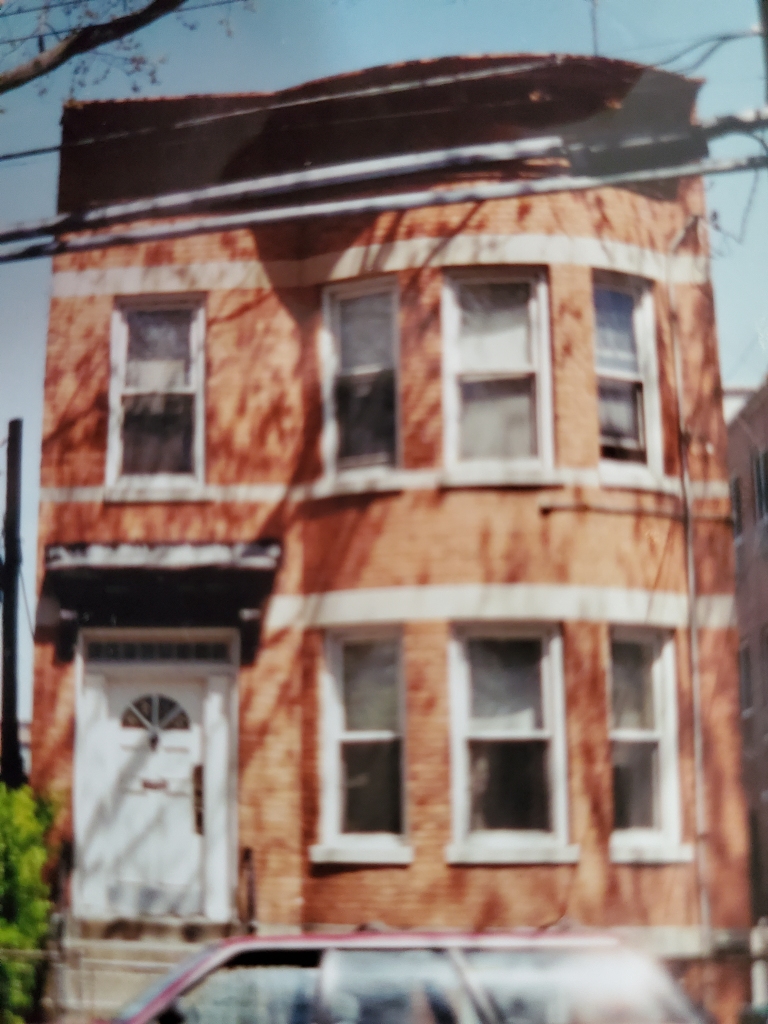
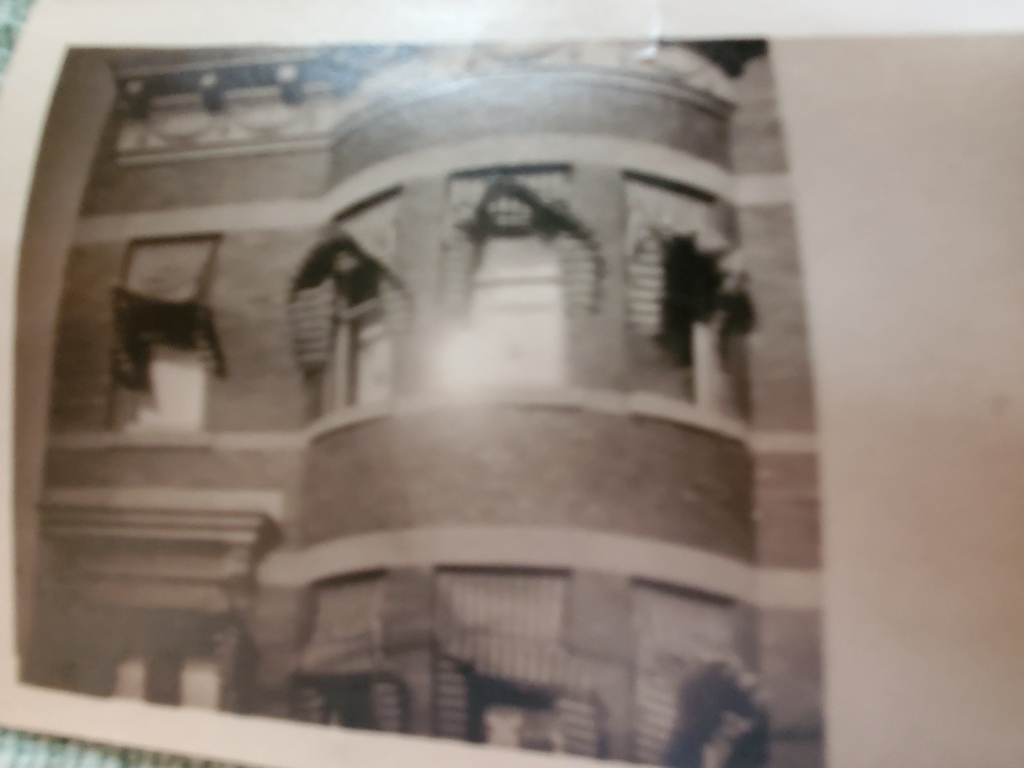



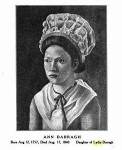
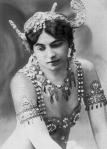








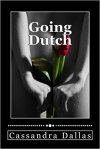
![Duck And Cover: A Memoir of My 1960's Brooklyn by [Villanella, Rosemary Neri]](https://images-na.ssl-images-amazon.com/images/I/51odZJuNRAL.jpg)

